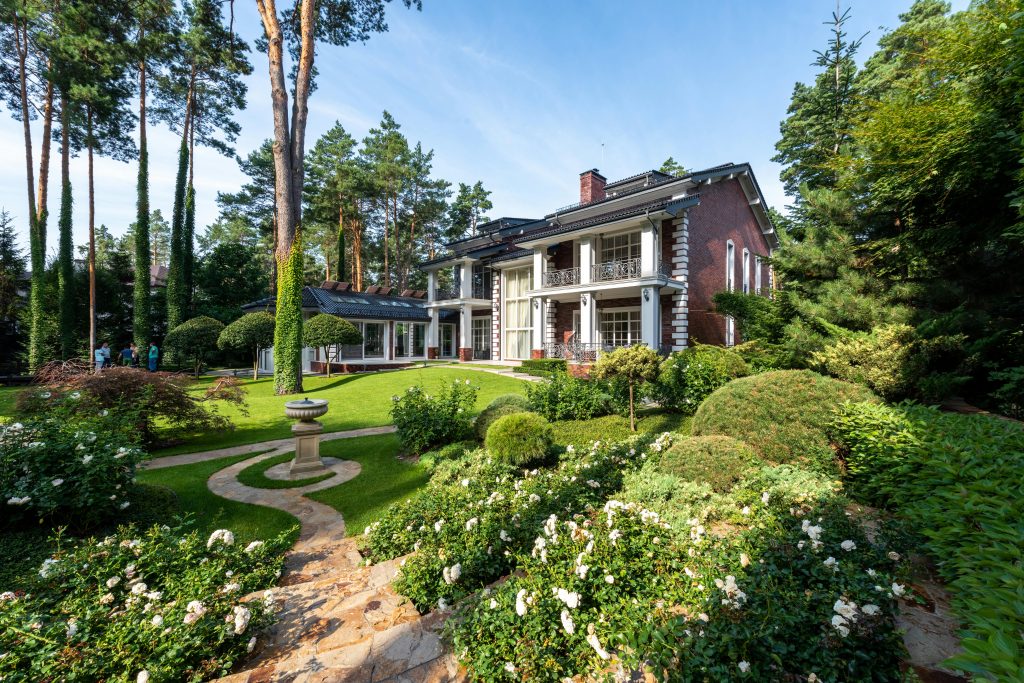
- The key to a thriving outdoor space is choosing the right plants, considering maintenance needs, and designing a functional layout.
- Efficient watering techniques such as collecting rainwater and drip irrigation can help conserve water.
- Regular care through pruning, pest prevention, and soil amendments is essential for maintaining a healthy garden.
- By understanding and balancing natural and cultivated elements, anyone can create a green haven in their outdoor space that promotes well-being and adds value to their property.
In the hustle and bustle of our daily lives, there’s a yearning for nature that resonates with us on a primal level. For many, the outdoor space surrounding our homes is a slice of tranquility where we can reconnect with the earth and revitalize our spirits. Yet, turning this outdoor canvas into a green haven is more than just planting a few flowers—it’s an art and a science. This blog explores the journey to transforming your backyard into a place that blooms and becomes a sanctuary for you and your loved ones.
The Lush Potential of Outdoor Spaces
Imagine stepping out of your door into a garden that is the envy of your neighborhood. It’s not just about the aesthetic appeal—a green and flourishing outdoor space can increase the value of your property, promote mental well-being, and serve as a multifunctional extension of your living area. Here, we’ll dive deep into the secrets the green-thumbed pros use to craft such masterpieces.
Choosing the Right Plants: Nature’s Custom Palette
One of the fundamental steps in creating a thriving outdoor space is to select the flora that will populate it carefully. Assessing your local climate and soil is essential. Also, understanding each plant’s needs regarding sun exposure, watering, and space is critical to ensuring successful growth.
Understanding the Local Climate and Soil Conditions
Plants are the ultimate adaptogens, but they are not invincible. It’s imperative to choose species that can withstand the local weather extremes. Whether it’s the scorching heat of the desert or the mild, humid conditions near the coast, selecting plants that are native or acclimated to the area is the first step to a resilient garden.
Selecting Plants That Thrive
Research and local nursery advice can guide you in choosing plants that will thrive in your microclimate. Look for perennial flowers and shrubs that survive and add seasonal interest with their unique blossoms and foliage colors.
Considering Maintenance Requirements
Different plants have different needs. Some might require regular pruning, while others flourish with minimal intervention. Consider maintenance time when selecting your greenery, and aim for a balance that suits your schedule—not all gardens need daily TLC.
Creating a Functional Layout: The Garden’s Blueprint
A garden should reflect your lifestyle and needs. It’s more enjoyable when it accommodates various activities, from relaxation to entertainment and, of course, a bit of horticultural therapy.
Designing Different Zones
Think about how you’ll use your outdoor space. Do you need a lush oasis to unwind, a BBQ area to entertain, or a section for growing edible plants? Designate distinct zones to cater to each purpose and create a logical flow from one location to the next.
Incorporating Paths and Seating Areas

Paths lead the eye through your garden and guide you and your guests along the planned journey. Consider natural stone, gravel, or slate materials that blend with the overall theme. Integrate seating areas within these paths to encourage lingering and enjoying the verdant beauty.
Maximizing Space Usage
In urban environments or small yards, space is at a premium. Vertical gardens, raised beds, and tiered planters can make the most of every inch. Don’t be afraid to go upwards with climbing plants or let vegetables share the soil with ornamentals to create dynamic and space-efficient layouts.
Adequate Watering and Irrigation Techniques: The Lifeline of Greenery
Water is perhaps the most critical factor in maintaining a green and flourishing garden. But there’s more to it than the sporadic hose-down—efficiency and conservation are just as important as regularity.
Efficient Watering Systems

Efficient watering systems for gardens are a mix of natural and artificial methods. Collecting rainwater in barrels or using drip irrigation systems can reduce wastage and give plants the ideal amount of moisture.
In addition, using a garden grid system can help with watering, as it ensures that each plant receives the necessary amount of water without excess. This technique can also help conserve water and save time in the long run.
Proper Watering Schedules and Techniques
Understanding the moisture needs of your plants is essential. Some prefer dry conditions, while others need consistent moisture. Learn to water deeply and infrequently to encourage profound root growth and resilience to drought.
Water Conservation Tips
Catch rainwater in barrels, choose drought-tolerant species, mulch your beds, and consider using gray water (where legal) to minimize water waste and lighten your environmental footprint.
The Bottom Line
Having a green and flourishing outdoor space is within everyone’s reach. By understanding the natural and cultivated elements that affect your garden, you can create an oasis that renews your spirit every time you step into it. Embrace the process, enjoy your garden, and watch as your outdoor space blossoms into a personal haven of green serenity.